 |
| I painted and decoupaged this little table several years ago. It's a perfect little jewel in my closet, though quite often its top is obscured by stacks of t-shirts, or a basket of clean laundry. |
1. Be sure the surface is free of dust, which means if you sand or buff between coats, be sure to use a tack cloth or damp rag and dust it off each time.
2. I don't sand between coats, but I do buff, and what I use will surprise you: brown paper grocery bags. Fine sandpaper will usually take off more paint than necessary, whereas brown paper bag just removes the little bubbles, burrs and boogers.
3. Thin your paint just a bit, and do three very thin coats, rather than one or two thick ones. The difference in the smoothness of the finish is worth the extra time. Not only will you get fewer air bubbles, you will get fewer brush or roller marks.
4. Use a roller on flat surfaces. A little firm foam roller usually works best. Don't over saturate it, and once you have quickly rolled the paint evenly onto the surface, very lightly roll back over it to remove air bubbles. If any remain, and it's on something like a table top, tap the underside, or try blowing quick puffs of air. Careful not to overdo this! Getting dizzy and tipping into your project isn't helpful.
5. Don't overwork your paint. If it starts to tack up and lift or get lumpy, just stop. There is no point in working it further, as it will absolutely not get any better. Either very quickly wipe it off with a wet rag, or let it dry and sand it smooth, before trying again.
6. Remember Plan B. If you can't get it smooth, you can always turn it into an art piece and intentionally create a lightly textured, perhaps multi-colored surface, maybe even collaging on some interesting papers. Just keep it smooth enough not to tip a glass, and seal it with PolyCrylic.
7. Or Plan C...you could also sand it back a bit here and there, rub on some raw umber paint, and create a fashionable distressed finish, or even do a little crackle number.
8. Or Plan D...doilies and dust cover a multitude of imperfections.
9. Or Plan E...Low lighting, good wine, and witty conversation will insure no one ever sees your tabletops.
10. Or Plan F...Though I love it when clients pick up their own paint brushes, if it's worth investing in and it really has to be smoother than you can get it, you can always hire me. Click over to the website for contact info theartofthehome.com.
It usually takes a little practice to get good at anything, and getting a good paint finish is no different. Start small, use good quality tools (a Purdy sash brush is my real best friend), and have fun. Perspective might be your most valuable tool, so remember, it's a paint-worthy table, not a Porsche. (Though I could have some serious fun with a paintbrush and a Porsche, given the opportunity...) :)

























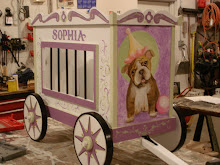

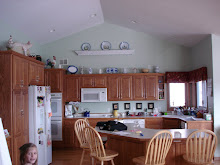






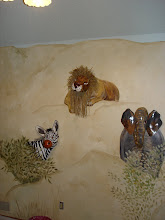
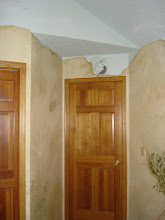
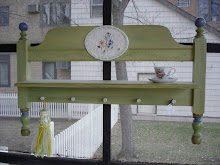

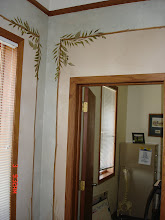



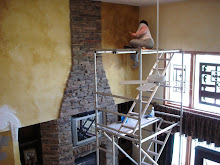



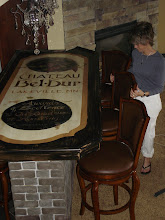
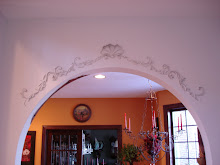



No comments:
Post a Comment